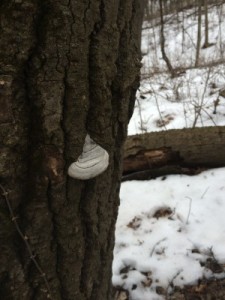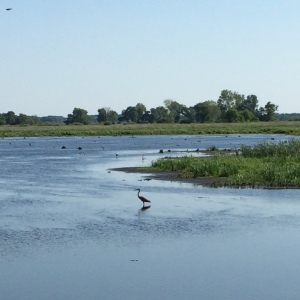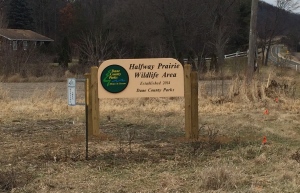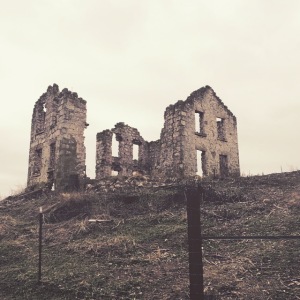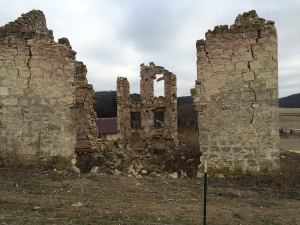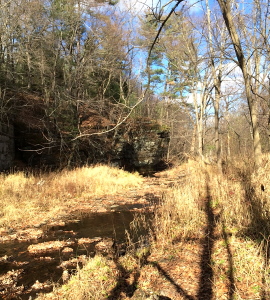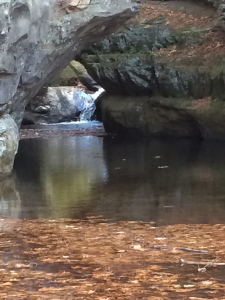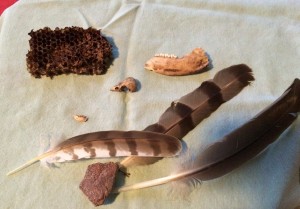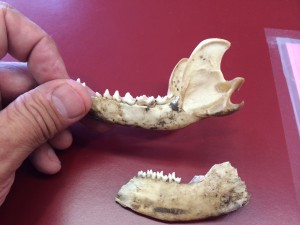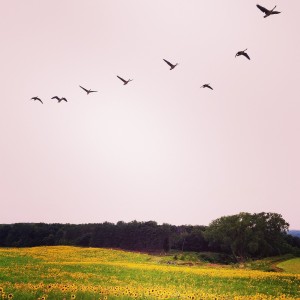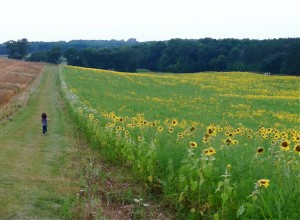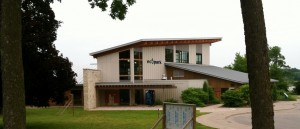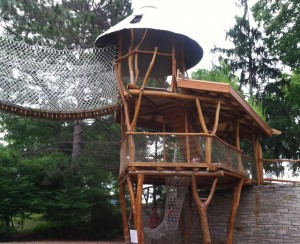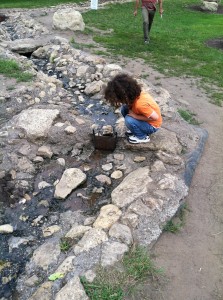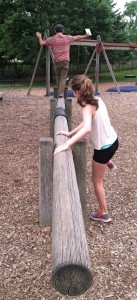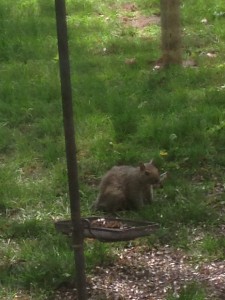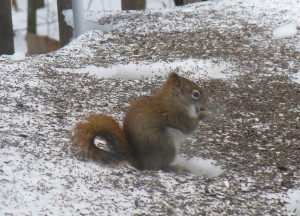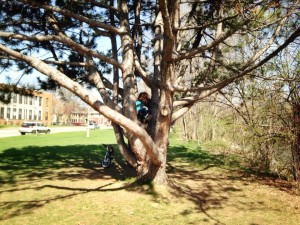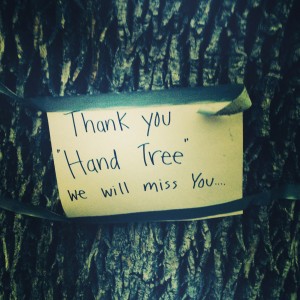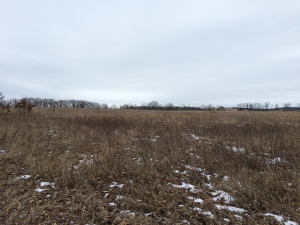 We don’t let winter keep this TR family indoors. There are many great, fun things to do outside during the winter: sledding, building snow forts, conducting science experiments, and more!
We don’t let winter keep this TR family indoors. There are many great, fun things to do outside during the winter: sledding, building snow forts, conducting science experiments, and more!
A fun adventure we enjoy is to go on a winter hike. Hiking in the winter is a different experience than going during a warmer season. For one thing, you have to dress right.
You might think there are fewer animals to see in winter. A lot are hibernating and many others migrate. There aren’t a ton of critters left to observe, right?
Wrong. A lot of Animals are still out and about during the winter months, even in the most extreme weather. You just have to know what to look for.
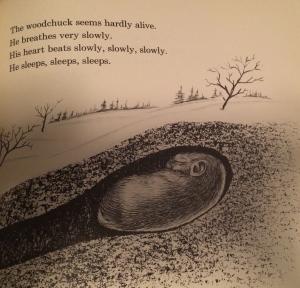 We are reminded of one of our favorite illustrated books on this topic: Animals In Winter, by Henrietta Bancroft, Richard G. Van Gelder and Gaetano di Palma. We’ve been reading this book to our kiddos since they were tiny tots. The poetic writing and space pen-and-ink drawings beautifully capture the wonder of the wilds in winter. Our family learned from the start that animals are up to all sorts of activity during the winter.
We are reminded of one of our favorite illustrated books on this topic: Animals In Winter, by Henrietta Bancroft, Richard G. Van Gelder and Gaetano di Palma. We’ve been reading this book to our kiddos since they were tiny tots. The poetic writing and space pen-and-ink drawings beautifully capture the wonder of the wilds in winter. Our family learned from the start that animals are up to all sorts of activity during the winter.
We took this knowledge with us on a recent walk at the Waubesa Wetlands State Natural Area. Bluey had been learning about foxes and wanted to try to see some in the wild. Using this as our motivation, we headed out to a likely habitat.
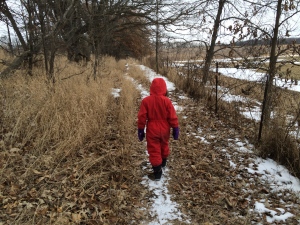 Tip: Be prepared when heading out for a inter hike. Parks and natural areas are sparsely attended in the thick of winter. Dress warmly, and be careful not to overestimate how far your group can hike. Remember you have to be able to make it back to the car. Bring a cell phone.
Tip: Be prepared when heading out for a inter hike. Parks and natural areas are sparsely attended in the thick of winter. Dress warmly, and be careful not to overestimate how far your group can hike. Remember you have to be able to make it back to the car. Bring a cell phone.
Immediately upon stepping out of the car we found a trail of canine footprints that were too large to be a fox. We guessed they were coyotes which we also knew to frequent that area. Undeterred in our desire to explore, we followed the coyote pack’s prints through the fresh snow and saw where their path crossed those of squirrels, rabbits, chipmunks and deer.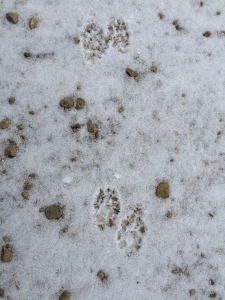
And it’s not just mammal prints we found. We saw hawk footprints near a deer carcass, including a great imprint of the bird’s tail feathers as it crouched in the snow. We’d never seen that before!
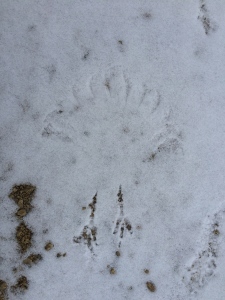 As beautiful as this natural area is, we would never be able to have this adventure if not for the recent snow and cold temperatures. We were able to enjoy a beautiful hike, see some amazing signs of animal life, and engage in a meaningful discussion about our local wildlife and what these animals might be up to in the winter.
As beautiful as this natural area is, we would never be able to have this adventure if not for the recent snow and cold temperatures. We were able to enjoy a beautiful hike, see some amazing signs of animal life, and engage in a meaningful discussion about our local wildlife and what these animals might be up to in the winter.
To top off our discussion of animals that migrate, hibernate or stick around in winter, a large group of Canada Geese passed over us on their migration route as we headed back to our car.
